mike s
Established Member
hi i recently inherited my granddads stanley plane
i am not very knowledgeable when it comes to planes so im wondering if you could help me identify the plane and its accessories
their is a warranty card from a long since closed down company dated 1966
the box contains the plane and a few bits and bobs that might not be related to the plane
here are a few pictures
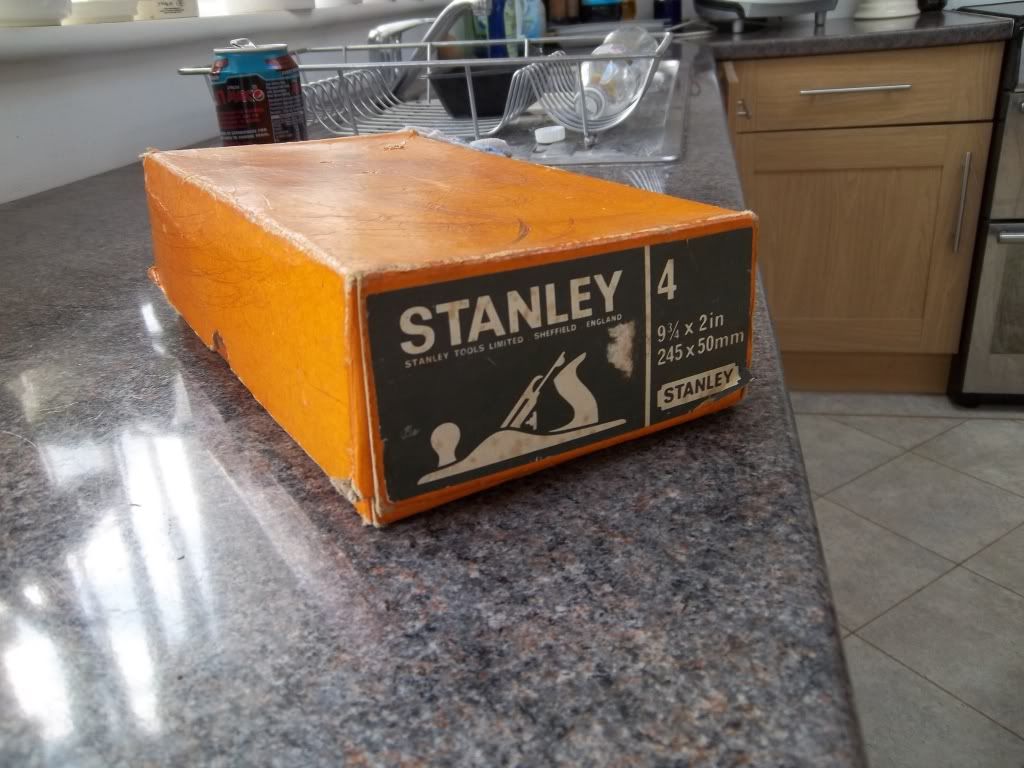
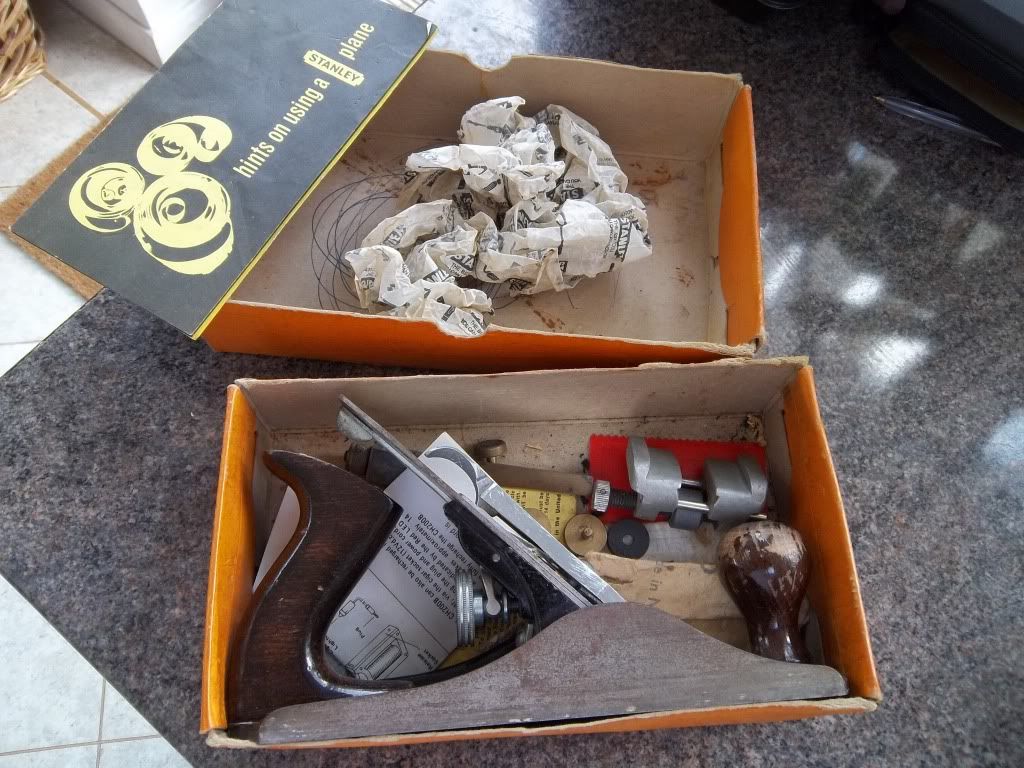
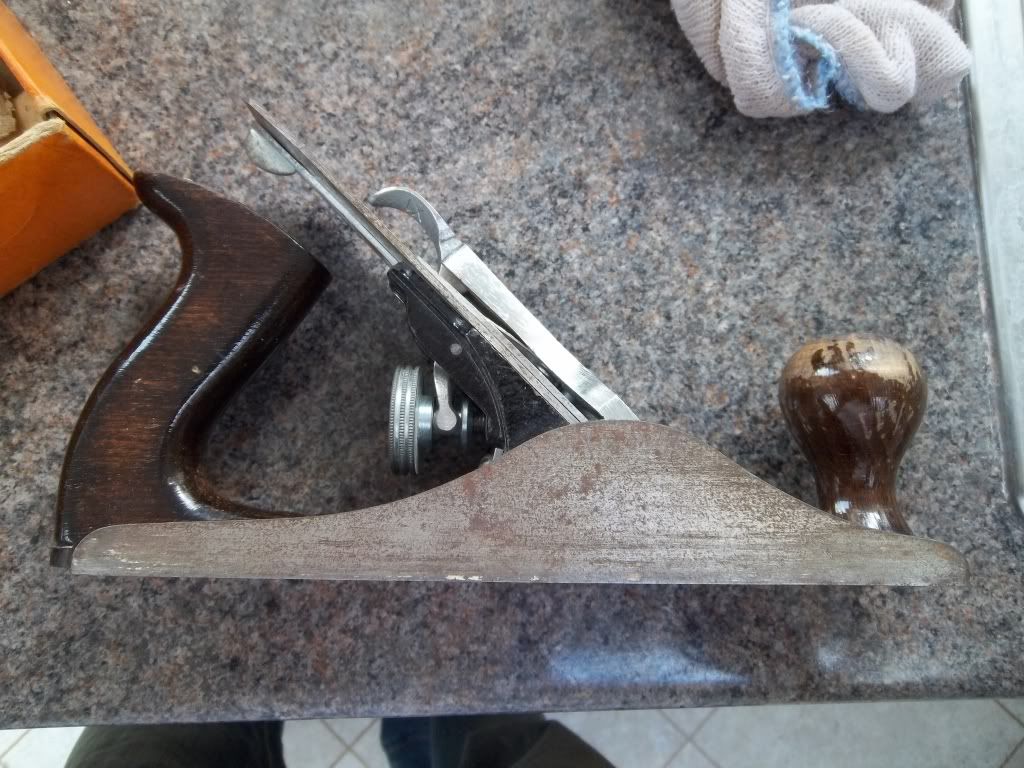
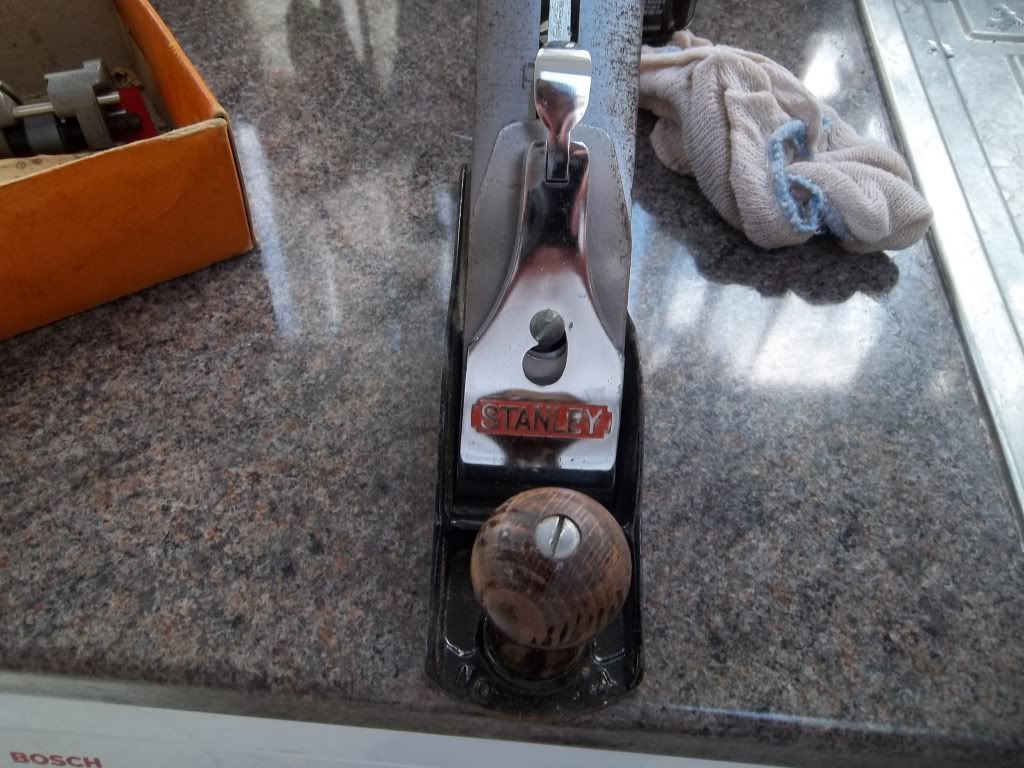
these next two pictures are the main things i am curious about. i think they are parts of some sort of sharpening jig - any ideas?
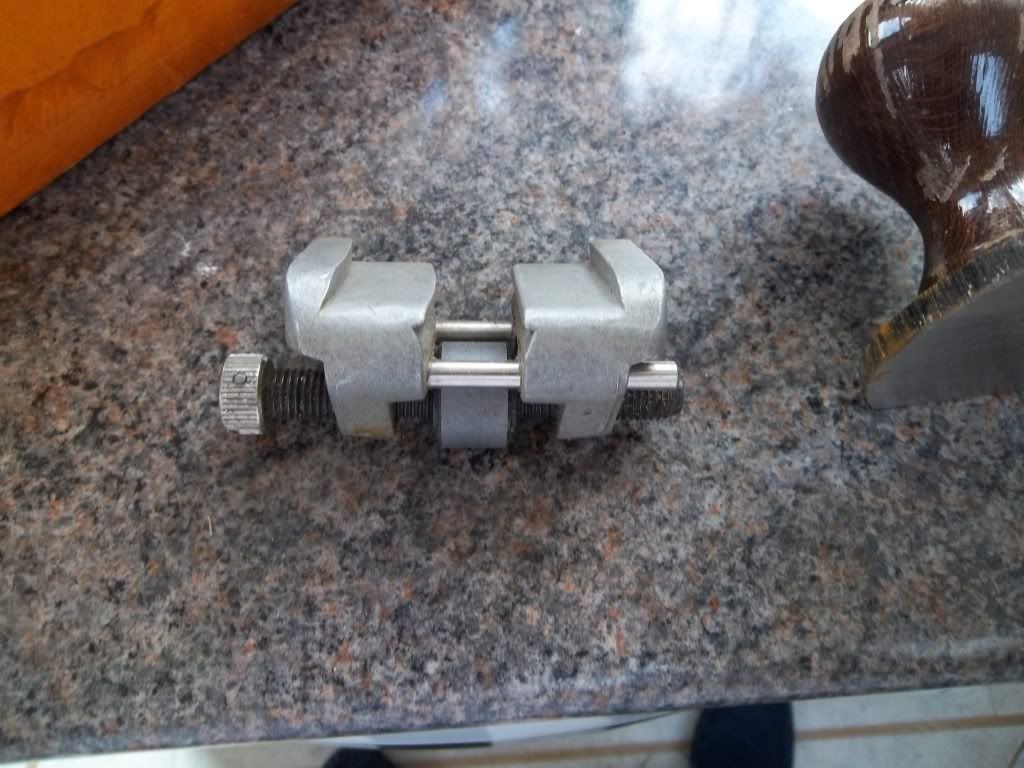

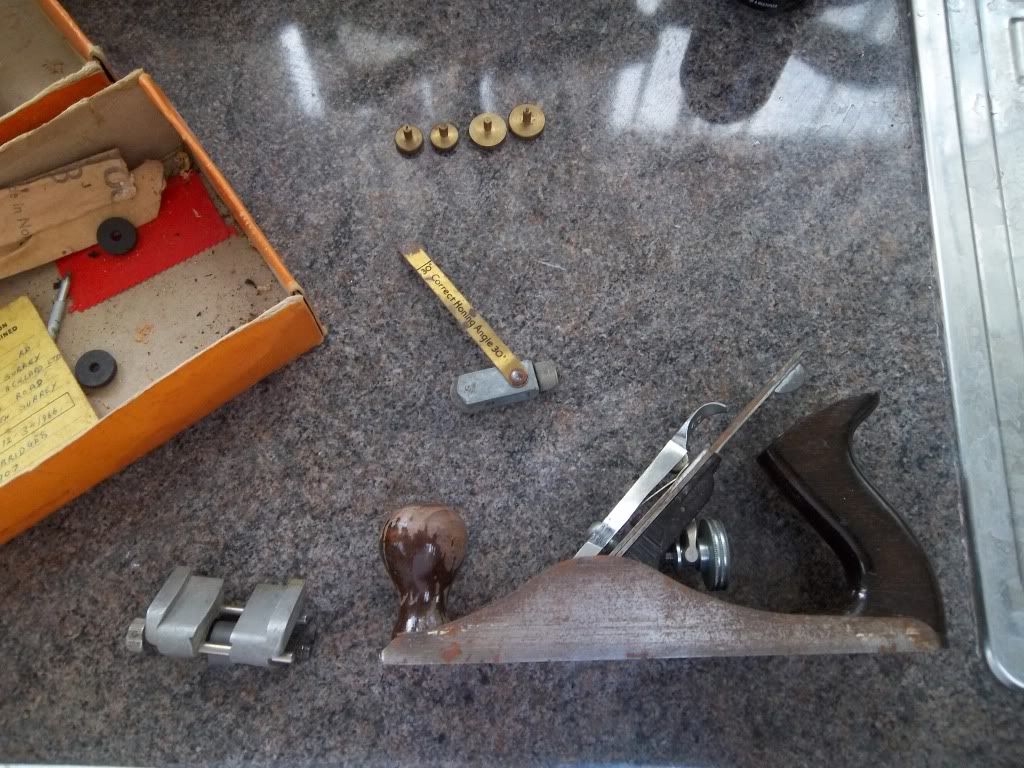
these were also in the box and i have no idea what they are. the undersides are a black rubbery material, the tops are metal - any ideas?
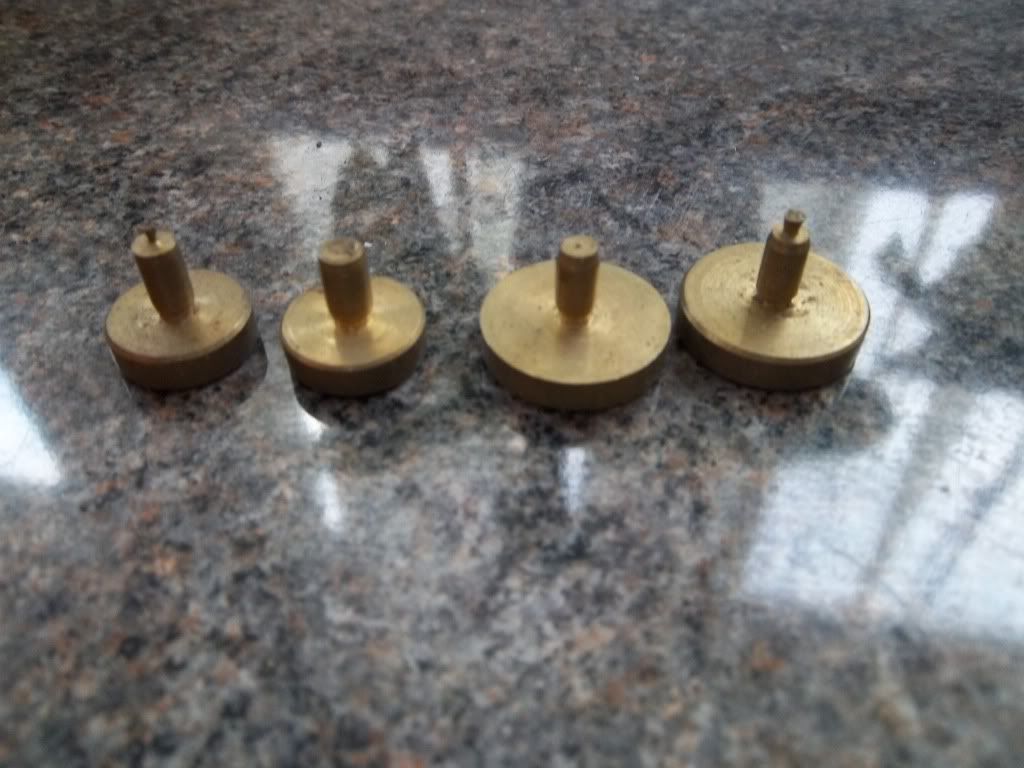
the biggest is roughly the size of a 10p
thanks
i am not very knowledgeable when it comes to planes so im wondering if you could help me identify the plane and its accessories
their is a warranty card from a long since closed down company dated 1966
the box contains the plane and a few bits and bobs that might not be related to the plane
here are a few pictures




these next two pictures are the main things i am curious about. i think they are parts of some sort of sharpening jig - any ideas?



these were also in the box and i have no idea what they are. the undersides are a black rubbery material, the tops are metal - any ideas?

the biggest is roughly the size of a 10p
thanks
































